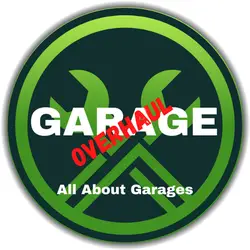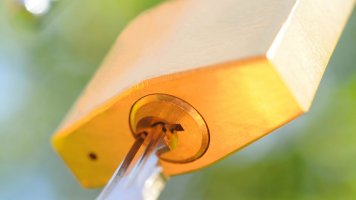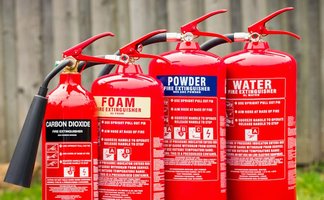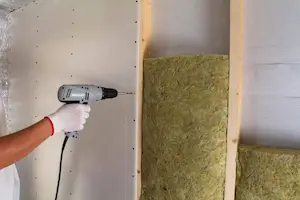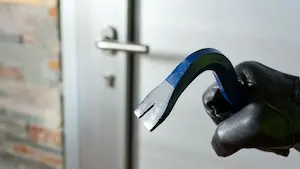Is It Dangerous to Live Above a Garage? (Safety Info)
This post contains affiliate links.
It can be dangerous to live above the garage if both spaces are not properly sealed and ventilated, and build to code. There are many things to consider when building a garage extension or living above the garage permanently, or using the above garage room as a guest room.
Dangers include carbon monoxide, volatile organic compounds, exposed wiring, fire hazards, outside exits, leaking chemicals, improper ventilation, and insufficient insulation.
Let’s see what to consider when planning to live above the garage.
Dangers of Living Above the Garage
Carbon Monoxide
Carbon monoxide doesn’t smell like anything and can be deadly. Sources of CO in a home can include.
- Fireplaces
- Space heaters
- Gas and wood stoves
- Combustion engines
Make sure your home has at least one CO detector(paid link). Preferably more. Put one on your garage also, at least temporarily, if it goes off when you have not been running any vehicles in the garage. It could be a sign of a failing furnace or gas water heater. Also, learn how to operate fireplaces and wood stoves properly. Install smoke detectors(paid link) too.
Volatile Organic Compounds
VOC can be dangerous chemicals leaking fumes into the garage air. This includes pesticides, rat poisons, car fluids, pool products, paints, thinners, or industrial cleaners.
Other dangers could be gas and propane tanks stored in the garage. They are a severe fire hazard and should be stored in a shed or outside.
Garages can also contain asbestos or mold. Read more about garage safety hazards in this article.
Exposed Wiring or Pipes
Garage apartments can be second-thought projects, so there might be exposed wiring or pipes, which can be dangerous. Check all the exposed wiring junctions, outlets without switch plates, and installed electrical panels for improper installation or other hazards.
Exits
Every apartment needs two exits. One regular and the other should lead directly to the street like an outdoor fire escape through a window or door.
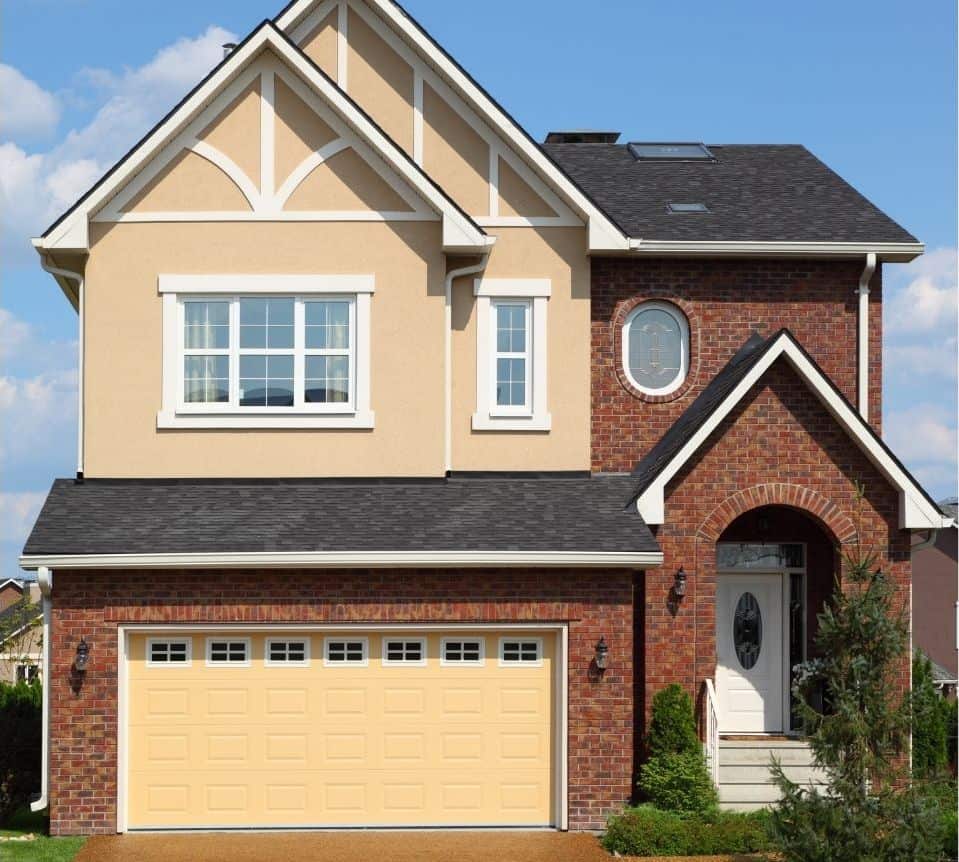
Can You Build a Bedroom Above a Garage?
You can, but it’s not recommended to live above the garage if the room is not adequately sealed from the garage and ventilated. Also, insulation is needed to keep hot and cold air in check, or the bedroom will be an uncomfortable place.
- Without insulation, the heat in the summer rises directly to the above room. During winter, the cold will freeze the above room fast.
- The entrance to the bedroom should be above the garage with an exterior staircase outside. This way, you can seal the two spaces as separate rooms. Minimizing airflow between the garage and the living space.
- The bedroom above the garage is a great place for a guestroom. It’s private enough and not constantly in use. You can seclude personal belongings from house quests, and both parties have privacy.
- Noise from the garage should be considered too. The garage door will make noise when opening and closing. So it can wake people up who are sleeping above the garage.
- Workshop or power tools also make a lot of noise and will surely be heard above the garage room.
If you are planning to build the extension over the garage after initial construction. It’s better to consult professionals. You may have to build the entire garage from scratch again. You will need planning permission, and each local authorities have house extension guides that define the criteria for construction.
The foundation can be a problem if it’s only designed to house a detached garage and the ground and sub-terrain need to bear the weight of the two-story building. The existing wall and flooring face the same problem too.
Building over a garage will require fire protection to the garage ceiling and several other regulations. If you have a detached garage, it can be easier and cheaper to replace the whole building with a new one. In the case of an attached garage, the renovation will be a massive project.
Get an engineer or other expert to verify that the garage’s existing framing and foundation can bear the weight of an addition.
Read more info about converting a garage into a room in this article. and the cost to build a garage here.
Stopping Garage Fumes From Polluting Indoor Air
Avoid Running Vehicles Any Longer Than Necessary
- Avoid running any gasoline-powered equipment like your car, lawnmower, chainsaw, or motorcycle any longer than you have to.
- Open the garage door first.
- Start and pull the car immediately outside.
- Don’t idle the engine in the garage.
- When driving into the garage, stop the engine as soon as possible and keep the door open couple of minutes at least.
- Never back up into the garage. Keep the exhaust pointed to the outside air.
Seal the Gaps
- Check your garage thoroughly and assess where the smells could enter your home. Buy Supplies like weather stripping, caulk, and spray foam and use them.
- Check the door leading into the garage from the house that closes tightly, and weatherstripping seals all the gaps. Replace the weatherstripping if necessary.
- Seal all the ducts and wiring gaps that pass to the house or garage ceiling with caulk and spray foam.
Keep the Door Shut
- Install self-closing door for the garage-house door. That way, the door won’t be left open when you enter with the groceries, or kids accidentally left it open.
- Make sure to have an airtight door between the garage and house.
Finish the Walls and Ceilings
- Garages are usually unfinished to save money in the construction phase.
- Finish the walls and ceilings, and floors. Maybe install some insulation and heating and cooling too. Add proper ventilation also.
- Finished walls and ceilings and joints sealed and surfaces primed and painted don’t leak nearly as much or not at all, compared to an unfinished garage.
Store Chemicals Safely
Check your chemicals and liquids containers are adequately sealed and that they haven’t gone expired. Throw out any spoiled or leaking container. You have to take them to a hazardous waste disposal center. Or call someone to come and get them.
Suppose you can smell any chemicals. It’s a sign of a leaky container. You can double seal containers with plastic bins with sealable lids(paid link). You can also buy a lockable chemical storage cabinet(paid link) that will ensure your kids or pets don’t access them.
Install Carbon Monoxide Detector
Carbon monoxide doesn’t smell like anything and can be deadly. Sources of CO in a home can include.
- Fireplaces
- Space heaters
- Gas and wood stoves
- Untuned combustion engines
Make sure your home has at least one CO detector(paid link). Preferably more. Put one on your garage also, at least temporarily, if it goes off when you have not been running any vehicles in the garage. It could be a sign of a failing furnace or gas water heater. Also, learn how to operate fireplaces and wood stoves properly. Install smoke detectors too.
Ventilate the Garage
Installing vents to the attic and other vents in the garage door or walls will help getting the fumes and also heat escape through your garage attic to outside.
This creates airflow to cool the garage with passive convection as cool air moves from the ground upwards and forces the hot air out. Any odors and fumes will go the same route. Passive ventilation is typically installed on the roof in the form of spinning turbine vents.
Consider Detached Garage
A detached garage will keep carbon monoxide, VOCs, noises, odors, fumes, and fire hazards away from your house. If you are building a new garage, consider this option. Building a breezeway between the detached garage and house will keep you away from elements.
